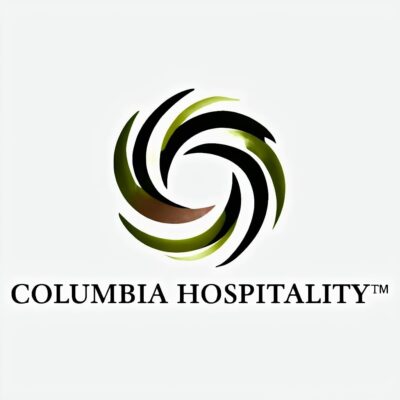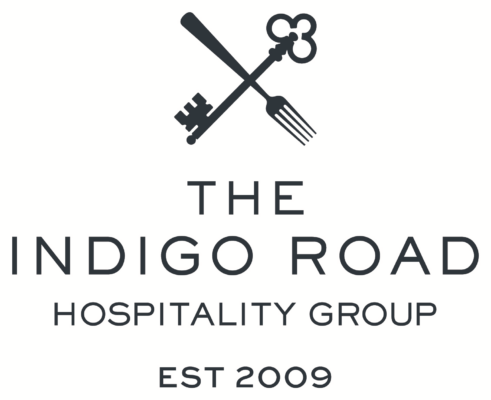Key statistics:
- Over 20% of a manager’s time is wasted on scheduling.
- Nearly 175% more turnover happens because of scheduling.
- Some 140 hours are wasted every year because of scheduling.
What’s the solution? Hotel scheduling software. Below we explain how to use a digital solution to deliver results and maximize productivity.
What Are Common Hotel Scheduling Problems?
Hotel scheduling problems commonly arise due to the complex nature of managing staff, room bookings, and services in a fast-paced environment. These challenges can impact efficiency and service quality:
- Staffing issues: Balancing schedules to meet fluctuating demand is difficult. Employee availability, skills, and preferences complicate scheduling.
- Housekeeping and maintenance scheduling: Consider room turnover rates, cleaning requirements, and equipment availability to maintain cleanliness, comfort, and safety.
- Front desk and concierge services: Ensure adequate coverage during busy check-in/check-out times and manage shifts to handle guest requests promptly.
Addressing these problems requires effective communication, coordination, and appropriate scheduling tools.
What Is Hotel Scheduling Software?

Hotel scheduling software is a specialized tool designed to help hotels manage daily operations and optimize staff scheduling. Key functions include:
- Employee scheduling: Create and manage schedules based on availability, skills, and workload to ensure adequate staffing while optimizing labor costs.
- Shift management: Create and assign shifts (regular, split, overtime); enable shift swapping and easy adjustments.
- Time tracking: Accurately track work hours, overtime, and breaks for payroll and labor law compliance.
Benefits of Hotel Scheduling Software
Hotel scheduling software streamlines and optimizes scheduling processes. Major benefits include:
- Efficient Scheduling
- Automates scheduling to reduce manual work and save time.
- Managers can create and modify schedules quickly for optimal staffing.
- Supports shift patterns (rotating, split, on-call).
- Improved Labor Cost Management
- Optimizes schedules using occupancy, demand forecasts, and historical data.
- Provides insights into labor expenses for informed staffing decisions.
- Reduces risk of overstaffing or understaffing.
- Enhanced Employee Satisfaction
- Enables self-scheduling, improving job satisfaction and reducing conflicts.
- Employees can view schedules, request time off, and swap shifts.
- Improves manager-employee communication.
How to Schedule Hotel Staff in 5 Steps
Scheduling hotel staff efficiently is about optimizing your workforce while ensuring employee satisfaction. Follow these five strategic steps:
Step 1 — Consider Your Business Needs
Evaluate your hotel’s specific needs: peak periods, slow times, historical occupancy, upcoming events, and seasonal trends. Use data to staff appropriately and avoid burnout or unnecessary labor costs.
Step 2 — Select the Appropriate Shift Type
Choose a mix of fixed, rotating, and split shifts:
- Fixed shifts for specialized roles (e.g., night auditors).
- Rotating shifts to distribute weekend/evening work fairly.
- Split shifts for roles that need presence during key service windows (e.g., housekeeping around check-in/check-out).
Step 3 — Schedule Shifts in Advance (But Stay Flexible)
Release schedules ideally two weeks in advance to give staff stability. Maintain flexibility for last-minute changes using scheduling software that supports easy updates and instant communication.
Step 4 — Share the Schedule Promptly
Publish schedules as soon as they’re set. Digital tools (online portals or mobile apps) ensure staff can access real-time updates and reduce no-shows and last-minute coverage issues.
Step 5 — Track Attendance and Absence (To Identify Patterns)
Monitor attendance and absences to spot issues early. High absenteeism can indicate burnout or dissatisfaction; consistent punctuality can highlight potential leaders. Use this data to improve future scheduling and reward reliable staff.
Start Scheduling With HelloShift Today
When evaluating a hotel management solution, consider these features:
- A user-friendly mobile app for on-the-go management.
- Seamless integration with your existing systems (PMS, POS) to avoid workflow hiccups.
- Organized housekeeping schedules and up-to-date room status via a housekeeper mobile app.
- Team collaboration tools: notes, tasks, and checklists.
- Automated guest messaging and digital guidebooks to improve guest experience and enable self-service.
HelloShift customers achieve ROI within 6-12 months through reduced missed bookings, lower maintenance costs, improved guest satisfaction scores, and streamlined operations across all departments.
HelloShift customers report 30% fewer guest complaints and 2x faster issue resolution. Our AI handles routine guest requests, digital guidebooks reduce front desk calls by 40%, and preventive maintenance checklists prevent costly breakdowns.
Ready to transform your hotel? Get started in 5 minutes with our free trial, or schedule a demo to see HelloShift in action at a property like yours.


